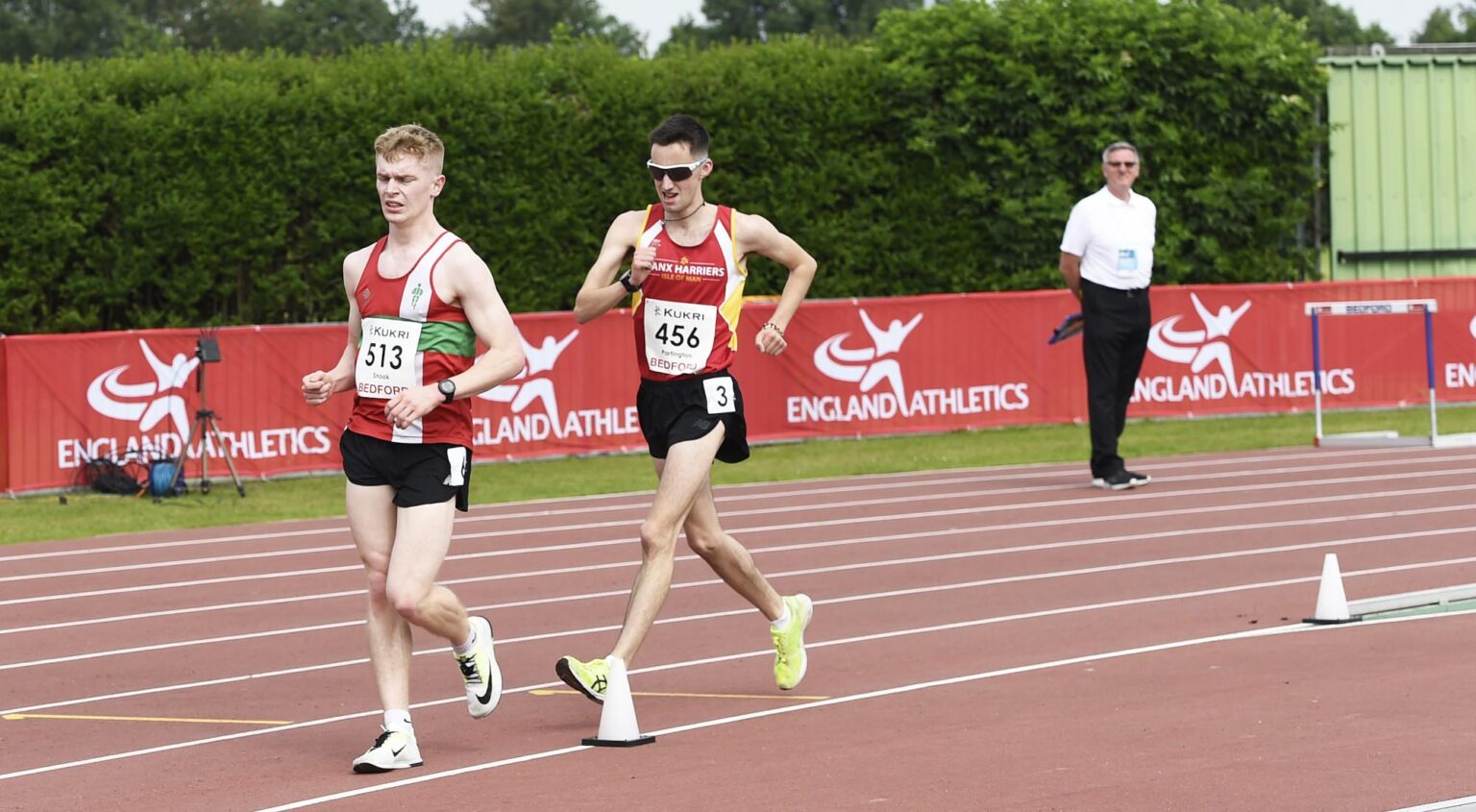Race walking is one of the most demanding and technically precise events in athletics, combining endurance, speed, and strict adherence to form. As a longstanding Olympic discipline, it challenges athletes to cover distances at an impressive pace while maintaining contact with the ground and keeping the leading leg straight. In this comprehensive guide on Olympics.com, we explore the rules, history, and key athletes of race walking, offering readers an in-depth look at a sport that continues to captivate fans around the world.
Understanding the Technique Behind Race Walking and Its Olympic Evolution
At the heart of race walking lies a distinct set of biomechanical rules that differentiate it from running. Athletes are required to maintain continuous contact with the ground, ensuring that no visible loss of contact occurs to the human eye. Additionally, the advancing leg must be straightened from the moment of first contact until it passes beneath the body. This technique demands incredible discipline and muscle control, challenging walkers to maximize speed without violating form, which is closely monitored by judges positioned along the course.
The sport’s Olympic journey began in 1908, evolving through shifts in distance and regulations that reflect both growing professionalism and global interest. Today’s program features two main distances for men and women: the 20 km and 50 km events, though recent discussions have explored more gender-balanced and spectator-friendly formats. The following table outlines key milestones in race walking’s Olympic history:
| Year | Event | Significance |
|---|---|---|
| 1908 | 10 Mile Walk | First introduced as an Olympic event |
| 1932 | 50 km Walk | Added to Olympic program for endurance showcasing |
| 1992 | Women’s 10 km Walk | Women’s race walking debut |
| 2000 | 20 km Walk | Standard distance for both men and women established |
Key Training Strategies for Aspiring Race Walkers to Excel on the World Stage
Mastering technique is fundamental for race walkers aiming to compete at the highest levels. Maintaining constant contact with the ground and ensuring the leading leg is straightened from the moment of first contact until it passes under the body are non-negotiable rules that require disciplined practice. Innovators in training recommend incorporating video analysis and biomechanics assessments to fine-tune form and avoid costly red cards from judges during competition. Additionally, balancing endurance workouts with interval speed sessions creates the stamina and pace control essential for dominating long-distance events on the world stage.
Complementing technique refinement, an intelligent training regimen prioritizes recovery and injury prevention. Incorporating cross-training activities such as swimming or cycling improves cardiovascular fitness while reducing joint stress. Nutrition tailored to optimize energy levels and muscle repair, alongside mental conditioning strategies like visualization and focus drills, equips athletes to handle Olympic pressure. Below is a simplified weekly training plan designed to maximize performance gains effectively:
| Day | Focus | Key Activity |
|---|---|---|
| Monday | Technique | Video form analysis + 8 km steady pace |
| Wednesday | Speed | Intervals: 6x800m at race pace |
| Friday | Endurance | Long walk: 15 km at moderate effort |
| Sunday | Recovery | Swimming + mobility exercises |
Common Challenges in Race Walking and Expert Tips to Overcome Them
Race walking demands a unique blend of endurance, technique, and mental toughness, but athletes often grapple with several hurdles that can impede performance. One common issue is maintaining proper form under fatigue, which can lead to disqualification if the leading leg is bent or both feet lose ground contact simultaneously. Another challenge is managing hip soreness caused by the exaggerated hip rotation required to maximize stride length. Additionally, athletes often struggle with pacing, especially in longer events, where balancing speed and energy conservation is critical. Environmental factors such as heat and humidity further amplify these difficulties, testing an athlete’s ability to adapt mid-race.
Experts recommend a multifaceted approach to overcome these obstacles:
- Technique drills: Daily focus on hip mobility and foot placement helps internalize correct form and reduce injury risk.
- Pacing strategies: Incorporate interval training and use GPS devices to develop a sustainable race rhythm.
- Cross-training: Swimming and cycling boost cardiovascular endurance without stressing the hips or knees.
- Recovery protocols: Ice baths, stretching, and physiotherapy are essential after high-volume sessions.
- Hydration plans: Pre-race and in-race fluid intake tailored to weather conditions optimize performance and prevent cramping.
| Challenge | Expert Tip | Expected Benefit |
|---|---|---|
| Loss of form | Daily technique drills | Reduce risk of penalties |
| Hip soreness | Hip mobility exercises | Increase stride efficiency |
| Pacing errors | GPS-based interval training | Better energy management |
| Environmental stress | Customized hydration | Maintain stamina |
Concluding Remarks
As race walking continues to captivate audiences with its unique blend of endurance and technique, the event remains a compelling fixture in the Olympic program. From its strict rules to the athletes’ remarkable stamina, race walking showcases a distinctive aspect of athletic competition. Whether you’re a casual viewer or a dedicated fan, understanding the nuances of this sport enhances the appreciation of its place on the world stage. Stay tuned to Olympics.com for further updates and insights as race walking evolves and inspires future generations.

